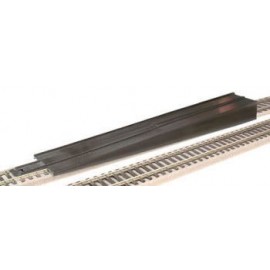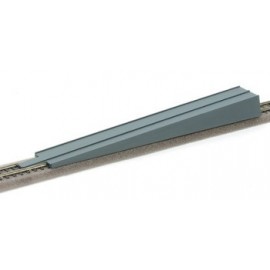Mainline Railways was a British model railway brand that operated between 1976 and 1983, introduced by Palitoy, the...
No products
Product successfully added to your shopping cart
There are 0 items in your cart. There is 1 item in your cart.
Search Tips
Open on Good Friday
The shop will be open on Friday 18th April.
Bring us some chocolate!
How wide should a layout be?
In theory, the only limit to the width of your layout is the amount of space you have available. The reality is slightly shorter: bear in mind that if you have a derailment you will need to be able to reach your locomotives, coaches and wagons.
If you have your layout against a wall, you do not want to be stretching over your layout which may lead to damaging your scenery.
For these reasons, the maximum width you can realistically reach safely is about a meter (a bit more than 3 feet). This means the maximum width of a layout should be about one meter.
Ideally, you need access to all parts of the layout. This is why many railway modellers choose to build their layout around a central well allowing them to sit in the centre of your layout.
Click here to receive the tips weekly in your mailbox. You can unsubscribe at any time.










